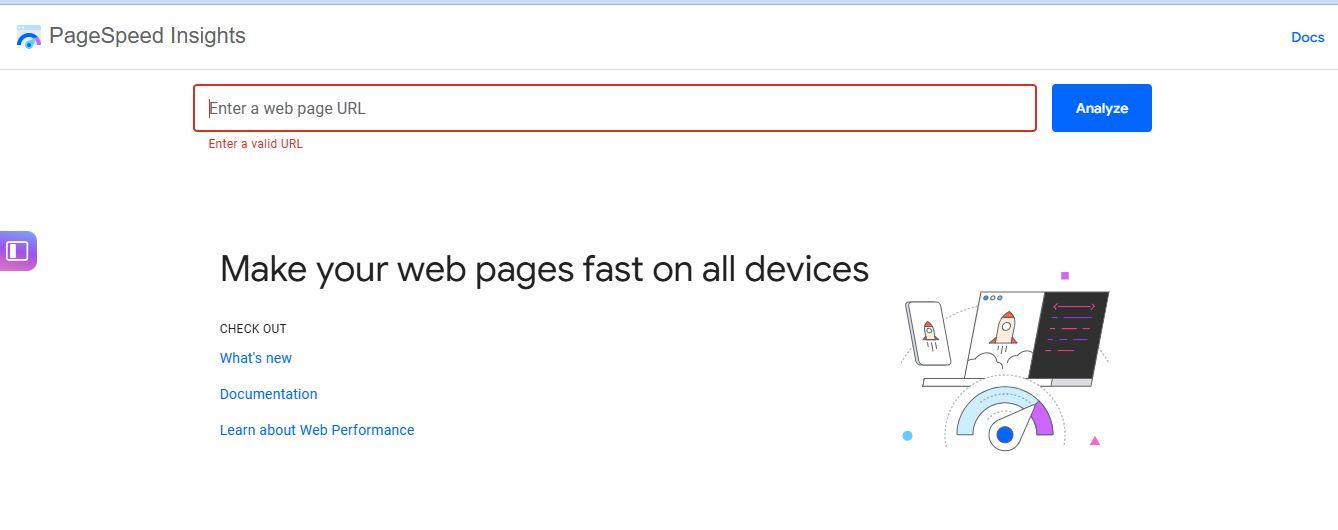How Can I Speed Up My WordPress Site?
Website speed is critical for both user experience and SEO. If your WordPress site is slow, visitors are likely to bounce, and your rankings could suffer. Thankfully, there are several effective strategies to boost your website’s performance.
Choose a Reliable Hosting Provider
Your hosting provider forms the foundation of your site’s performance. Shared hosting may be budget-friendly, but it often lacks the speed and resources needed for high-performance websites. Upgrading to managed WordPress hosting or a cloud-based solution can significantly improve site speed. Hosts like SiteGround, Kinsta, or WP Engine offer environments optimized for WordPress. Also, ensure your server is running on the latest PHP version (ideally PHP 8.2+) and supports modern protocols like HTTP/2 or HTTP/3.
Install a Caching Plugin
Caching plugins are essential for speeding up WordPress sites. They work by storing a static version of your pages, reducing the need to query the database on every visit. Popular caching plugins include WP Rocket, W3 Total Cache, LiteSpeed Cache, and WP Super Cache. Most of these plugins also offer additional features like file minification and lazy loading, further boosting performance.
Optimize Your Images
Large, unoptimized images are a common reason for slow page loads. Compress your images using tools like TinyPNG, ShortPixel, or an automatic plugin. Additionally, serving images in WebP format can reduce file sizes without compromising quality. Implement lazy loading to ensure images load only when they enter the viewport, which speeds up initial page loads.
Use a Content Delivery Network (CDN)
A CDN distributes your website’s static assets across servers around the world. When users access your site, they’re served content from the server closest to them, reducing latency. Cloudflare (which offers a free plan), KeyCDN, and BunnyCDN are all solid options to improve delivery speed globally.
Minimize Plugins and Use Lightweight Themes
Too many plugins—or poorly coded ones—can bog down your site. Audit your plugins regularly and remove any that are unnecessary or duplicate functionality. Also, choose a lightweight and well-optimized theme like Astra, GeneratePress, or Hello Elementor. These themes are built with performance in mind and don’t load unnecessary assets.
Minify CSS, JavaScript, and HTML
Minifying your site’s code helps reduce file sizes and load times. This process removes extra characters like spaces and comments without affecting functionality. Use plugins such as Autoptimize, WP Rocket, or Fast Velocity Minify to handle this automatically. Combining files and deferring non-critical JavaScript can also improve performance.
Enable GZIP Compression
GZIP compression significantly reduces the size of your web files, making them faster to send and load. Most caching plugins enable GZIP by default, or you can add it manually via your .htaccess file with a line like:
AddOutputFilterByType DEFLATE text/html text/plain text/xml text/css application/javascriptReduce HTTP Requests
Each element on a webpage—images, stylesheets, scripts—requires an HTTP request. Reducing the number of these requests can lead to faster page loads. Combine CSS and JavaScript files when possible, avoid excessive use of custom fonts, and remove unused third-party scripts.
Optimize Your Database
Your WordPress database collects clutter over time: post revisions, spam comments, transients, etc. Use plugins like WP-Optimize or Advanced Database Cleaner to clean up and optimize the database, which can improve backend performance and reduce load times.
Monitor Site Performance Regularly
Use tools like Google PageSpeed Insights, GTmetrix, Pingdom Tools, and WebPageTest to regularly test your site’s speed. These tools highlight issues like large files, render-blocking scripts, or unoptimized elements that you can then address.
If you're comfortable with advanced tweaks, consider enabling object caching with Redis or Memcached. Limit your use of heavy page builders unless necessary. Also, lazy-load embedded content like YouTube videos and iframe elements to reduce the initial page load burden. Improving your WordPress site speed is not a one-time task—it’s an ongoing process of monitoring, refining, and optimizing. By addressing everything from hosting to image optimization and plugin management, you’ll provide a faster, smoother experience for your visitors and get rewarded with better search rankings and engagement.



